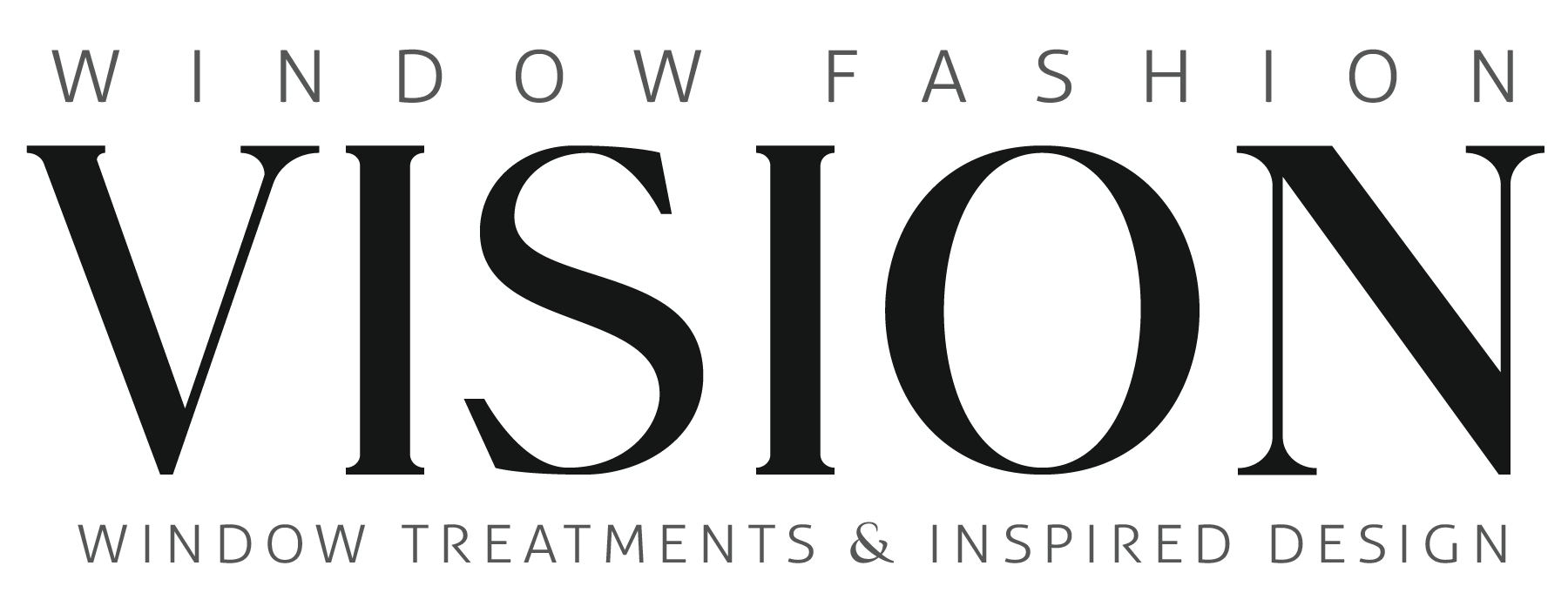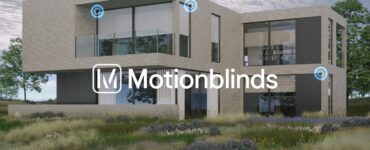By Kathryn Dillon
An industry-wide definition for performance fabrics is still in the making, but what consumers want is textiles that will withstand the hustle and bustle of family life, pets and entertaining. They want fabric that is easy to clean without showing stains, one that is odor and fade resistant, and easy on the environment. Fabric manufacturers are busy creating and researching the fibers and processes used to create more sustainable textiles. Each company has proprietary chemistry that distinguishes their performance fabrics from the next one. It’s important to note that not all performance fabrics are suitable for outdoor use, but many are.
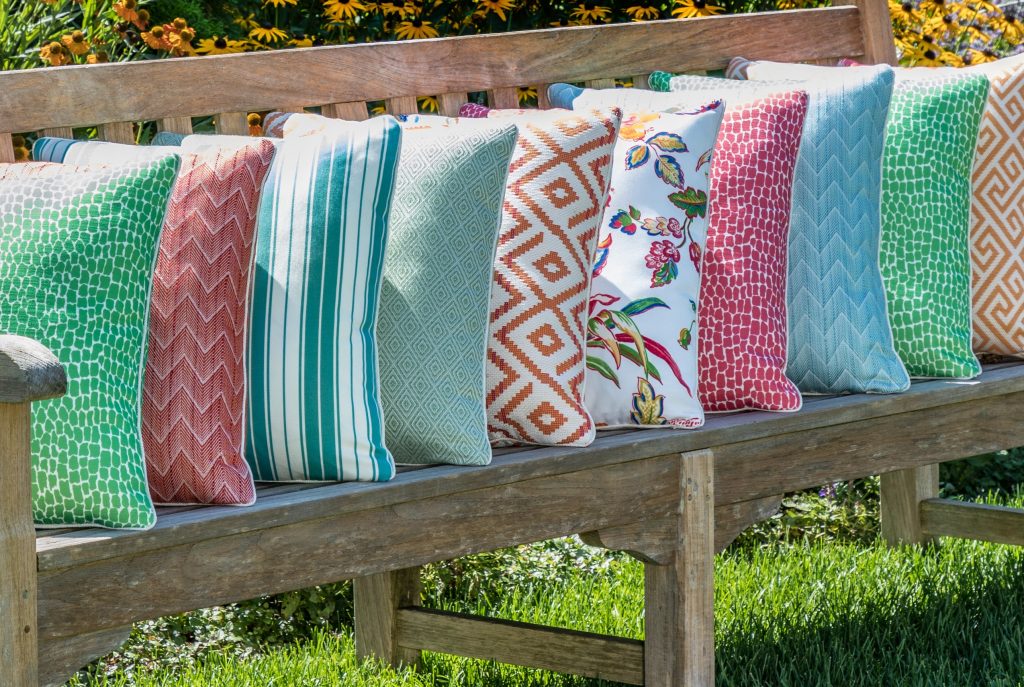
As designers and fabricators, we need to stay informed in order to educate and offer the best solutions to our clients. I will do my best to provide definitions to performance fabric terminology, explain different fabric finishes and their limitations, and discuss things to consider when specifying textiles for projects. Let’s get started!
Brands and Their Fiber Technology
Both Sunbrella and Outdura are made with fibers that are 100 percent solution-dyed acrylic polymers created by blending UV-resistant pigments together to create an acrylic solution before it even becomes a fiber. This blending process is what makes acrylic fabrics fade resistant and bleach cleanable. (Acrylic fabric, by nature is mold and mildew resistant and water repellent.) The fiber is then cut, baled, blended, spun into yarn and woven into fabric.
Acrylic fabrics can stretch if they are not densely woven and will stain unless they are treated with stain-repellent chemicals, most often polyfluorinated chemicals (PFCs). Once an acrylic fabric is washed, it will have to be retreated in order to be stain repellent again.
Bella-Dura and Revolution Performance Fabrics are made from the olefin family of fibers. Bella-Dura is woven with a proprietary polyolefinfiber and Revolution uses olefin. These fibers are like acrylic in that they are solution dyed, resistant to fading, water repellant and can be cleaned with a 10 percent bleach to 90 percent water solution. Olefin by nature is an anti-pill fiber and does not sag like acrylic may.
The distinguishing factor to Bella-Dura is that during the solution phase, it is infused with silver ion technology making it anti-microbial and mildew resistant. Bella-Dura will have to be retreated when washed to regain its water repellent property.
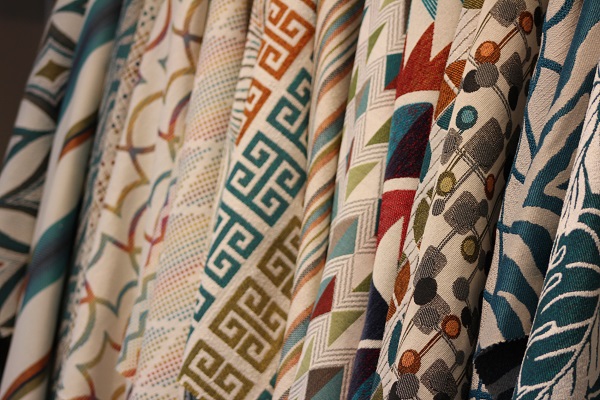
Revolution fabrics are an upcycled byproduct of oil refining and natural gas processing, to create olefin. Olefin fibers are inherently stain resistant, so they should not be treated with PFCs. These products will wear off over time and when the fabric is washed. Additionally, the company is finding that spray-on products can cause the fabric to break down more quickly.
Finishing Technologies
Finishing technologies are processes that are applied topically to fabrics to enhance the properties to a textile, such as making it stain resistant or water and oil proof.
Scotchgard by 3M and Teflon by DuPont
The first stain-resistant products were developed in the early 1950s for use on textiles and non-stick cookware. By 1976, it was discovered that perfluorooctanoic acid (PFOA), which created the stain-resistant properties, was found in drinking water in 27 states and could be linked to several birth defects and liver damage. Teflon was pulled off the market and Scotchgard was reformulated.
Duraguard
Duraguard is a chemical finish that is applied on the surface of the fabric to create an invisible of protection that prevents liquids or stains from penetrating the fiber. This makes cleaning fabric with soils and stains much easier.
The applied:textiles Family of Finishes
Alta Technology
applied:textiles has created customized application-based chemical recipes to simplify specifying textile finishes for the needs of your clients’ end use. They bundle applications to deliver performance and cleanability, so you choose the properties most needed for your textiles. Each bundle has a list of properties included in the chemistry recipe that will be applied to the textile. The bundles may include UV protection, moisture barriers, antimicrobials, acrylic backing and puncture-resistant backing, to name a few. Some of the bundled options are for healthcare, senior living, hospitality, outdoor, drapery, residential upholstery, mattresses and headboards.
A100 percent polyester backing that creates a breathable barrier to protect any fabrics that needs a liquid barrier, similar to Crypton’s moisture barrier technology.
The Crypton Family of Finishes
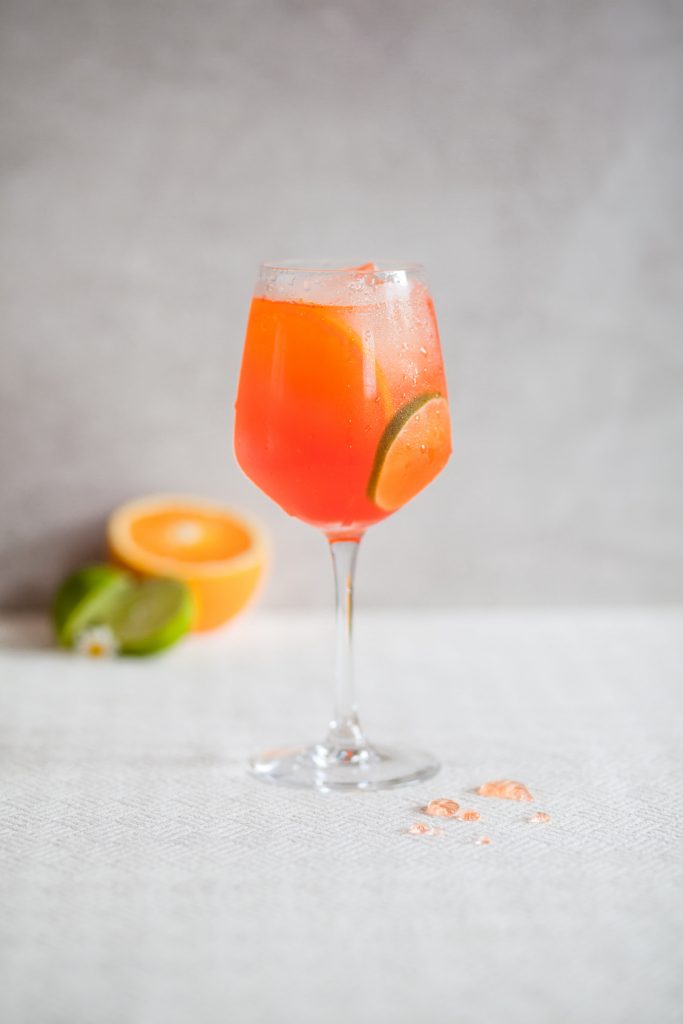
Crypton
Crypton is an applied process to an already woven fabric. The fabric travels on rollers through a complete immersion bath where it is coated with a customized solution. From here, a thin membrane layer is applied to the back of the fabric to ensure it is waterproof and oil repellant. The use of high temperatures during the drying process integrates rather than laminates the moisture barrier to the fabric so it will not separate or change the natural hand of the fabric.
Crypton Outdoor
This is the same applied finish as Crypton. It also includes enhanced odor, mold and mildew protection and UV-resistant fibers that resist fading for at least 1,000 hours.
Crypton Home
Crypton Home is processed using the Crypton chemistry without the integrated moisture barrier and should be specified for indoor residential environments.
Nanotex
Nanotex is a process applied to fabrics that uses billions of tiny fibers that are embedded into traditional materials like cotton, linen, synthetics and blends to produce water-repellent and stain-resistant fabrics. The fibers or “nanowhiskers” are made from topically-applied fluorite, which increases the density of the fabric and makes it water resistant. The fluorine causes liquids to bead up on fabrics but is not a moisture barrier (that’s Crypton). The Nanotex finish will last for around 50 home wash cycles before its effectiveness is lost.
In 2014, Crypton bought Nanotex from applied:textiles. Both companies retained the right to use the product for different markets until 2017, when Nanotex became available exclusively from Crypton. applied:textiles is a textile technology company with an independent textile testing lab. They have the capability and expertise to run rigorous testing on textiles and apply finishes to textiles to increase their performance. Nanotex was one of the performance finishes applied:textiles was contracted to apply topically to COM fabrics. Alta Technology was created by applied:textiles to provide another option to the Nanotex finish and to not lose that segment of business.
Terminology
Lightfastness or Colorfastness
This is the degree to which a dye resists fading when it is under constant light exposure. It is rated on a scale of one to five. One means there is high degree of fading or very poor colorfastness; five means there is no fading of the color or very good colorfastness.
Non-Leaching
This simply means nontransferable, which is crucial when applying antimicrobial finishes to textiles. In healthcare, for http://healthsavy.com instance, it’s important to use textiles that are odorless, colorless, safe, durable and don’t transfer toxins to the skin or the environment. A non-leaching microbial creates a barrier on the surface of the textile that does not allow microbes to penetrate the surface or spread to the environment.
The textile industry has changed dramatically over the past 50 years as we have learned more about the toxic footprint and huge amount of natural resources required to produce textiles to meet the demands of a growing global population. I have been impressed by the attention Sunbrella, Outdura, Bella-Dura, Crypton, applied:textiles and Revolution Performance Fabrics have given to developing textiles that are GreenGuard certified and avoid the use of POPs (persistent organic pollutants).
Textile technology and innovation takes time and is a process. I hope you are inspired to search manufacturers’ and vendors’ websites and ask the questions needed when you have clients with very specific textile and environmental requirements. Each company has been very helpful through the years when I have contacted them for information about the technology, processes and chemistry necessary to create their products. I encourage you to get familiar with the properties of different fibers and fabric finishes available so you can help your clients make the best performance fabric decisions for their spaces.
Kathryn Dillon owns and operates Kathryn Dillon Drapery & Design, LLC, a full-service window treatment and soft goods design and fabrication business based in Marietta, GA. Over the past 26 years, she has created lasting relationships with repeat clients and those that value attention to detail throughout the design and fabrication process. In addition, she travels to other workrooms to provide an extra set of hands or creates customized education to workrooms to fill a knowledge gap. Kathryn has been a local and national WCAA member since 2005 and she currently serves as the WCAA Virtual Chapter President.
